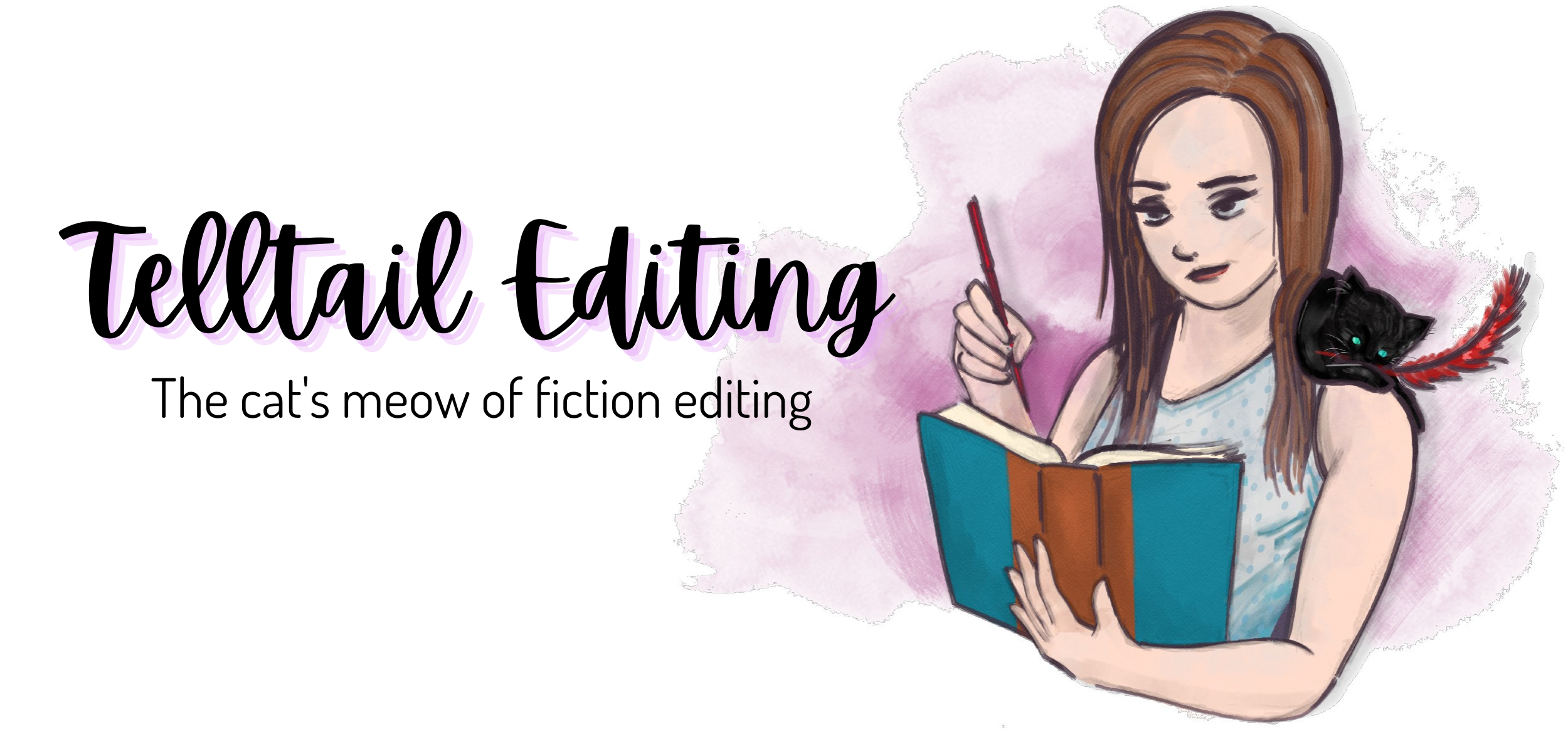Sorry, guys. I didn’t mean for you to find out this way. But it’s true… I’m a total nerd. I admit it. A Doctor Who-watching, Zelda-playing, dash-loving nerd. One who has strong opinions on the dashes—which is today’s topic!
In case you didn’t know, there are three dashes. The en dash. The em dash. And the hyphen. Let’s break them down a little and see what they’re used for.
The Hyphen
You’re probably most familiar with the hyphen. The hyphen is a punctuation mark that combines words or parts of words. Hyphens are used for: joining two or more words that function as an adjective before a noun (compound modifier); compound numbers; connect a prefix to a noun.
Example:
This mile-long run is going to kill me!
Mile and long function as one adjective, or unit of meaning, to modify run.
Other examples of hyphens include:
Mother-in-law
Sixty-seven balloons
Battery-run toy
Unfortunately, there isn’t a one-and-done rule for hyphens. They can change the meaning of a sentence, so if you’re unsure, look it up or shoot me a quick message!
The En Dash
The en dash punctuation mark is shorter than the em dash but longer than the hyphen. Its function is to show ranges in dates, numbers, pages, or times. The en dash is commonly used in scientific writing. It essentially replaces the word to. *Note that there aren’t any spaces between the numbers and the en dash.
The teacher assigned pages 22–30 for homework.
The 2019–2020 turnover is expected to be higher than average.
However, an en dash should not be used in a range that begins with from or between to maintain parallel sentence structure.
Correct: I lived in that apartment from 2015 to 2017.
Incorrect: I live in that apartment from 2015–2016.
Correct: Cats sleep anywhere between 12 and 16 hours.
Incorrect: Cats sleep anywhere between 12–16 hours.
In word processing programs like Word, the en dash doesn’t always format automatically. It will still look like a hyphen. To get the en dash, use the shortcut: ctrl + minus key.
The Em Dash
Ah, I saved the best for last. The em dash has my heart—I’d totally rock that on a shirt. The em dash has several functions and is the most adaptable of the three. In fact, you could argue the em dash is the most adaptable of all punctuation marks.
It can be used in place of colons, commas, or parentheses, all to different effect. Em dashes are fantastic for adding clarity/increasing readability or for adding emphasis since they’re easily spotted on the page. *Note that like the en dash, there aren’t any spaces between the words and the em dash.
My sister—the one who went to Rome last year and loved it—said she wanted to come to my birthday party.
Asher thought he had everything figured out—until her.
Stella quickly dodged the ball aimed for her face—or, rather, she tried to.
Notice how clunky this last example is without the em dash: Stella quickly dodged the ball aimed for her face, or, rather, she tried to.
Word will typically autocorrect a double — to an em dash if you leave out any spaces. For a shortcut, you can use ctrl + alt + minus key (has to be the one on the number keypad).
Em dashes can basically do anything, but they should be used sparingly. My teenage self strongly disagreed with that and used them in probably every other paragraph. I’m cringing just thinking about it. The thing is, when you use them in excess, they start to lose their meaning and emphasis. It takes readers out of the narrative. So, only use them when they create the best effect, and then they’ll have weight and meaning behind them that only adds to the narrative.
Background of the En and Em Dashes
The background of these two has fascinated me since I first learned about it. It’s one of my favorite useless facts to tell people. I know. I know. Nerd.
Back when typewriters were common, the en dash was the width of a lower-case n on the page in most typefaces, hence the name. Likewise, the em dash was the width of a lower-case m. Simple yet brilliant.
These punctuation marks should not be used interchangeably. All three have their own functions and should be used accordingly. Were you aware of the differences? What are your thoughts?
Check back next week for the next blog post. Have you read last week’s post on Common Word Usage Mistakes yet?


Trackbacks/Pingbacks